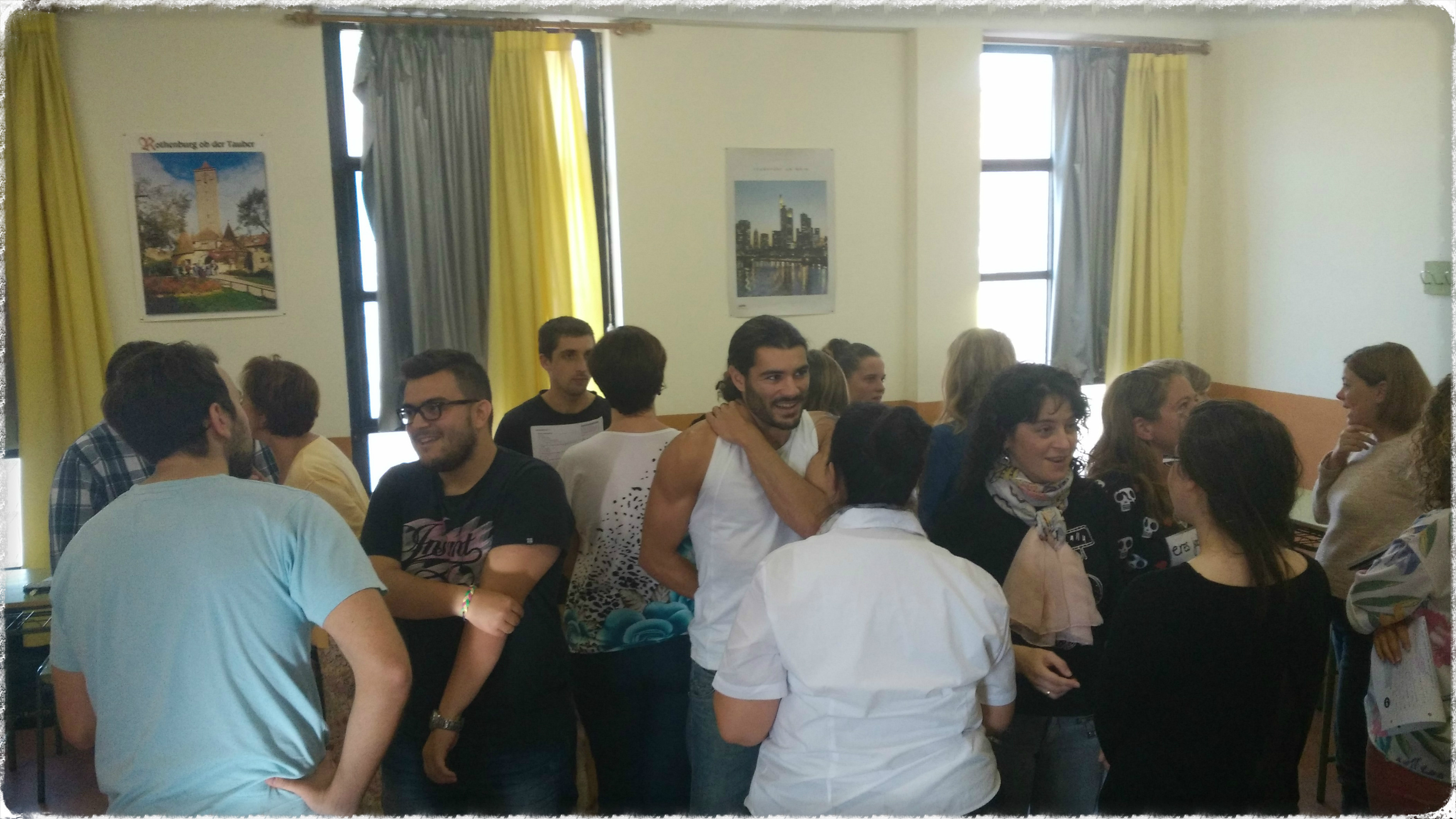In this engaging series of activities students will discuss different actions that involve taking risks. It aims at developing students’ communicative, listening and writing skills through the acquisition of new vocabulary.

Level: advanced
Time required: 60 minutes
Materials: handout 1 and handout 2
Warming up: The video
- Do a quick survey asking students: Do you enjoy taking risks?
- Play the first 55 seconds of the video and pause it. Ask students in pairs to discuss what they would do in this situation. Get feedback. Ask the class as a whole to predict what might happen to the people who decide to run the risk and take the two empty seats.
- Play the video until the end. here
Step 1. Speaking based on visual prompts
- Class as a whole. Ask students: What’s the most dangerous thing you’ve ever done?
- Put students in pairs. Tell them you are going to show them different activities that involve taking risks. Ask students to discuss whether they would be willing to try them or not, giving reasons for their choice.
Step 2. Working with vocabulary .
- Put students in pairs and ask them to write, in two minutes, words related to taking risks. On the board, write their suggestions.
- Give them handout 1. Focus on any new words/expressions.
- Prepare slips of papers with the new vocabulary and follow the steps given for activity number 4 in the article “Nine ways to revise vocabulary using slips of paper”.
Step 3. Speaking. Using new vocabulary.
We all know how difficult it is for students to introduce new vocabulary when they speak. This activity aims at encouraging students to use new words.
- Give students a photocopy with ten questions to talk about. Handout 2 here
- Stick on the walls of the class the slips of paper (from Step 2) containing the new vocabulary.
- Follow the steps given for activity number 9 in the article “Nine ways to revise vocabulary using slips of paper”
Step 4. Listening Comprehension
Tell students they are going to see a video about parkour. Hopefully, students will remember what parkour is, as they came across this word at the beginning of the lesson.
If you are running short of time, you can always set this activity as homework.
Step 5: Writing
Ask students to write a “for and against essay” on one of these quotes
- “To know what life is worth you have to risk it once in a while” Jean- Paul Sartre
- “The biggest risk is not taking any risk”-Mark Zukerberg
Tips on how to write a “ for and against essay” in the Writing Section of Blog de Cristina.








